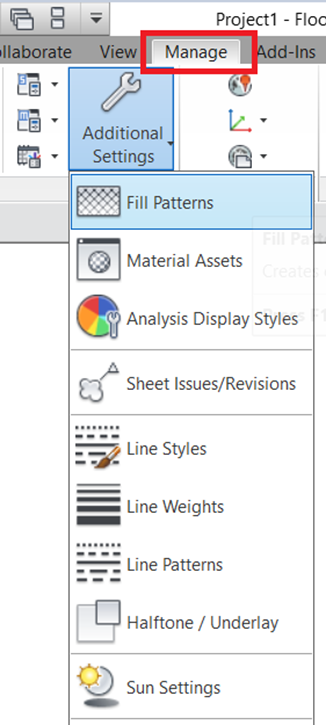

Thanks, Paul Turvill for providing access to GETPAT.LSP file, You can find more free LISP routines on his website Ī big thanks to Cooper Francis for providing us access to this modified routine, you can get many free and premium Autodesk tools on his website Paracadd. If that’s the case with you too then use this modified routine, all the steps are exactly the same you just need to close your older session of AutoCAD and start a fresh one to use it. Select hatch: error: bad argument value: positive 0 Some users are unable to use the original GETPAT.LSP file and they are getting this error Command: GETPAT You will now find ZIGZAG hatch pattern among all the patterns, and you can use it just like other hatch patterns.
#.PAT FILES FOR REVIT SOFTWARE#
See image below for reference.Īfter pasting the file launch your software if it is already open then close it and launch it again. To locate support folder type OP on the command line then press enter, options window will pop up select files tab and expand “support file search path” tree there you will see the location of support file. Now you have this hatch pattern all you need to do is import it to your AutoCAD software, for this copy ZIGZAG.PAT file and paste it to support folder of the installation directory. Go to the Manage Tab>Additional Settings>Fill Patterns. This pattern will be exported as ZIGZAG.PAT on the desktop. For some cases the file is exported to C:\Users\\Documents so if you are unable to find it on the desktop then look it there. This simple text file should be renamed as a ‘.PAT’ file before importing into Revit. pat files.So if you have a hatch pattern that you like in AutoCAD then you can easily import it into Revit via this method. Now type GETPAT on the command line and click on ZIGZAG pattern present in drawing. pat file those of you who are familiar with AutoCAD will know that the hatch patterns in Autocad are.

Now open the drawing from your desktop and drag and drop lisp routine to the drawing as shown in the image below. I know that I have made some before, but I cannot find where they are located in the program files. Steps to reproduce the behavior: Go to Make Pattern Click on Export PAT file Open the generated PAT. Also, make sure that your source drawing is copied to the desktop from which you want to extract hatch pattern. Revit does not seem to care what the file name is. I am using a LISP routine in this tutorial to extract PAT file from drawing.Įxtract it from the compressed package and paste it on the desktop. In order to export that hatch, you need to create its PAT file. Let’s assume that you have a drawing with custom hatch applied in it with name ZIGZAG.

Generally you can export a drawing with its fonts, texture, materials, references, data links etc using e-transmit but unfortunately, it can’t export custom hatch pattern file (PAT) with the package and you have to add it in the package separately.īut if you did not receive a drawing with PAT file then you can export it from drawing as well using the method shown below.


 0 kommentar(er)
0 kommentar(er)
